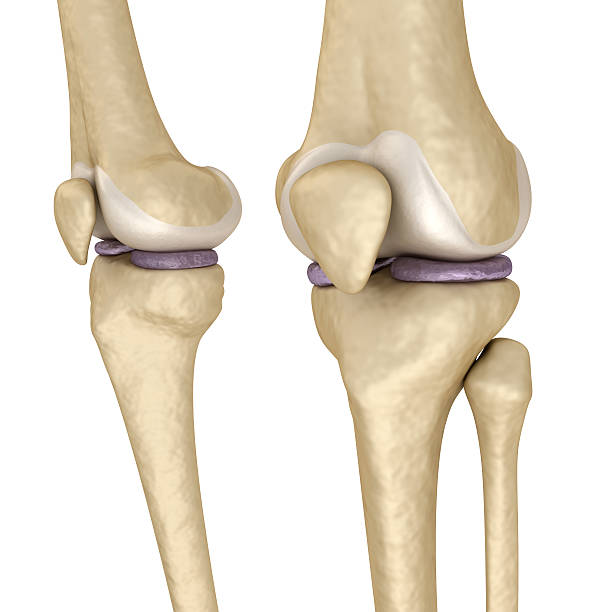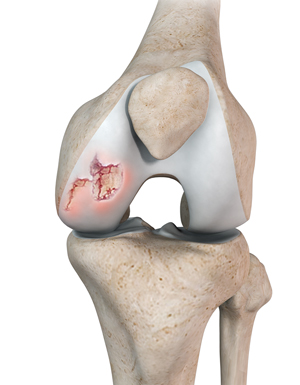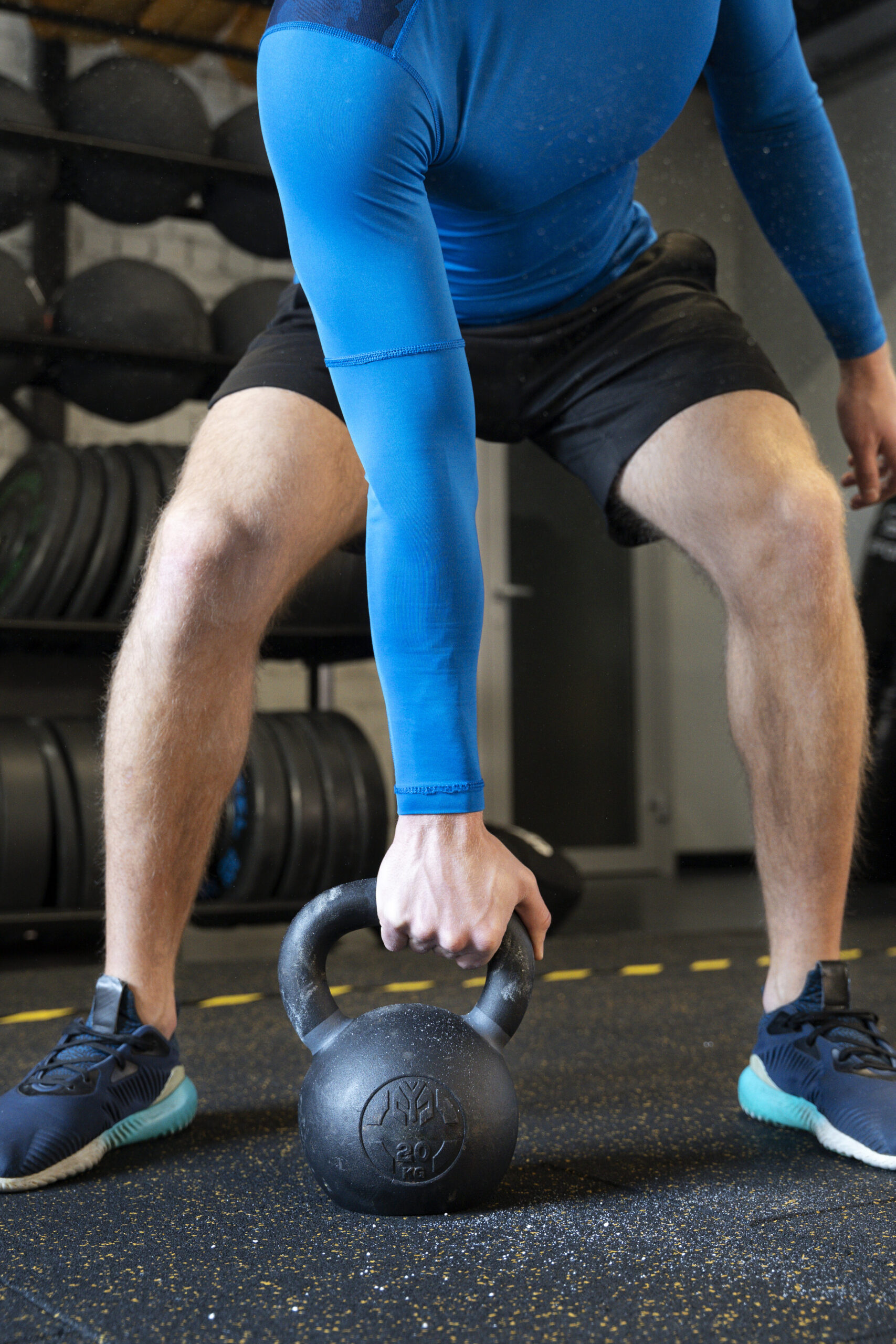What is the knee joint ?
The knee joint is a complex hinge joint located between the femur (thigh bone) and the tibia (shin bone), with the patella (kneecap) sitting in front. It is essential for weight-bearing and mobility, allowing flexion and extension, as well as some rotation. The joint is surrounded by a capsule made of strong ligaments, including the anterior cruciate ligament (ACL) and posterior cruciate ligament (PCL), which stabilize the joint during movement.
Articular cartilage covers the ends of the femur and tibia, providing a smooth surface for movement and absorbing shock. The menisci, two C-shaped cartilage discs, act as shock absorbers and enhance stability by improving the fit between the femur and tibia.
Overall, the knee joint’s intricate anatomy allows for a wide range of motion while bearing significant loads, making it crucial for activities such as walking, running, and jumping. Proper function and health of the knee are vital for overall mobility and quality of life.


What is knee replacement surgery?
Knee replacement surgery, also known as knee arthroplasty, is a procedure that involves replacing a damaged or worn knee joint with an artificial joint (prosthesis). It’s commonly performed to relieve pain and restore function in individuals suffering from severe knee arthritis or other joint disorders.
The total knee prosthesis developed by EgiFix Medical is an advanced anatomical-type implant. It leverages innovative technology to ensure a precise fit and optimal functionality, accommodating the unique anatomy of the human knee. This design aims to enhance patient comfort and improve mobility post-surgery.
Indications
This prosthesis is specifically indicated for various knee conditions, including:
- Painful and disabling knee conditions:
- Rheumatoid Arthritis: An autoimmune disorder that causes chronic inflammation in the joints, leading to pain, swelling, and eventual joint damage.
- Osteoarthritis: A degenerative joint disease characterized by the breakdown of cartilage, resulting in pain and stiffness, especially after periods of inactivity.
- Traumatic Arthritis: Joint damage that occurs due to an injury, such as fractures or ligament tears, leading to pain and reduced joint function.
- Correction of deformities:
- Varus Deformity: Often referred to as “bowlegged” alignment, where the knees angle outward.
- Valgus Deformity: Commonly known as “knock-knees,” where the knees angle inward. This prosthesis helps realign the knee joint to its proper position, alleviating pain and improving mobility.
- Revision of unsuccessful osteotomy or arthrodesis procedures:
- This applies to patients who have previously undergone knee surgeries, such as osteotomies (bone realignment) or arthrodesis (joint fusion), that did not yield satisfactory results. The EgiFix prosthesis can provide a new option for restoring function and reducing pain in these cases.
Component of Knee replacement
Knee replacement surgery involves several key components that make up the artificial knee joint. Here’s an overview of the main components used in a total knee replacement:
Components of a Total Knee Replacement
Femoral Component:
1. Material: Usually made of metal (often cobalt-chromium alloy).
2.Design: This component consists of a contoured metal surface that replaces the femoral condyles, allowing for smooth movement against the tibia.
Tibial Component:
Polyethylene Spacer: A high-density polyethylene insert sits on top of the base plate, acting as a cushion between the femoral and tibial components. It helps absorb shock and allows for smooth movement.
What to expect after surgery?
After knee replacement surgery, patients can expect a recovery process that begins with a short hospital stay for monitoring and pain management, followed by initial discomfort and swelling in the first few weeks.
Physical therapy typically starts within a day, focusing on restoring movement and strength. Many patients use crutches or a walker at first, gradually increasing their activity level.
By 6 to 12 weeks, most can walk with minimal assistance and return to daily activities, although high-impact exercises should be avoided. Complete recovery may take several months, but significant pain relief and improved function are often reported, allowing patients to resume most activities over time.
Following your surgeon’s instructions and attending follow-up appointments is essential for optimal recovery.


What are the risks ?
Knee replacement surgery, while generally safe, carries certain risks. Common complications include infection, which can occur at the surgical site; blood clots in the legs or lungs; and persistent pain or stiffness in the knee.
There is also a risk of implant failure, where the prosthetic may wear out or loosen over time, potentially requiring revision surgery. Other possible issues include nerve damage, changes in limb length, and difficulty in achieving full range of motion.
Patients with pre-existing health conditions, such as obesity or diabetes, may face higher risks. Discussing these risks with your surgeon can help you make an informed decision.
Which implant is better for me ?
Implant sizes for knee replacement vary based on factors such as the patient’s age, gender, and physical activity level.
Surgeons consider these elements to select the most suitable prosthetic to ensure optimal fit and function. For instance, younger, more active patients may require sturdier implants to withstand higher levels of stress, while older patients might need different designs tailored to their activity levels. Gender differences also play a role, as male and female anatomy can differ. Ultimately, the surgeon’s expertise guides the decision, aiming for the best possible outcome in terms of comfort, mobility, and longevity of the implant.






